Varicose Veins and the Causes
Varicose veins are a condition that is quite common today and it is usually connected with professional occupation (long period of sitting or standing), smoking and obesity. The main symptom of this condition is dilatation in the peripheral veins. It is also proven that varicose veins contain less collagen than normal and healthy veins. Collagen gives blood vessels elasticity and without it, dilatation in vessels is created.
Varicose veins can happen in pregnancy too. Etiological factors here can be hormonal and mechanical. Mechanical include increase of the blood flow in pelvic veins and growth of the uterus that pressurizes the veins. As for hormonal influence, it is known that during pregnancy, hormonal levels change drastically. Estrogen relaxes muscles that contribute to vein dilatation.

While we know about contributing factors for varicose veins, main cause is still not discovered. Therefore, different symptoms are present in almost each case, with only few that are consistent. They are pain in extremities, muscle cramps, swelling, inflammation etc.
Inflammation is a more dangerous form o this condition, veins are sensitive, high temperature is present, haemorrhagia is also possible, either because of an injury, or it can even happen spontaneously. Eczema occurs too, and ulcers are possible, although that is the last stage of this condition.
Supplements and Methods of Treatment
Treating this condition includes conservative method, surgery and injections. First method is the best one and the patient has to eliminate all contributing factors that might additionally encourage vein dilatation (regulating body weight, eliminating nicotine, light exercises that include walking, which improves blood flow through arteries and veins).
Using elastic compression bandages helps a lot too, especially with reducing the pain and swelling. It also reduces the superficial pressure in the veins, prevents further dilatation, and helps with the flow of fluids in lymphatic vessels. Bandages should be put on early in the morning, while the patient is still in bed because there is no swelling at that moment. While the bandage is put on, leg has to be elevated. Bandaging starts from the foot and up to the knee level or even higher, if necessary.
Elastic socks are another form of bandages, and they provide excellent compression, but their elasticity is lost after a while. Leg elevation should be performed couple of times in a day, 30 minutes each time.
Varicose vein supplements are often used as additional help in battling varicose veins. Three main products have proven very effective and those are essential fatty acids, bioflavonoid complex and Bromelain. Their role refers to elimination the inflammation process, prevention of further complication, improvement of the condition of vein walls, and elimination of the possibility of blood clots etc.
- In this registry study, 10 supplementary managements (including nine products) were used for supportive, symptomatic management of venous disease, varicose veins, and chronic venous insufficiency CVI. Self-medication and individual management are concepts in great expansion, particularly interesting in this context as pharmaceutical-standard supplements represent ideal solutions for self-medication, for most patients considering their accessibility without prescription (with a single initial indication by physicians). The safety of these products is optimal even when other concomitant drugs are used (i.e., antihypertensives.) to treat clinical conditions or control risk conditions (i.e., statins).
- Venoruton and Pycnogenol and the combination VE-PY produced the best effects on resting flux (RF, increased in these patients at the perimalleolar region).
- Considering volumetry, the best performers were the combination Pycnogenol?+?Venoruton with a comparable decrease in volume with compression, and the two single products Venoruton and Pycnogenol. Antistax results for edema were also good with a decrease of 86 mL in volume.
- The best decreases in symptoms scores were obtained with Pycnogenol and elastic compression.
- Venoruton, Pycnogenol, and the combination had a zero complication rate. However, more cases should be evaluated for this type of evaluation.
- Thermal imaging (showing an increase in skin temperature due to inflammation or presence of even minimal superficial inflammations or clots) indicated that the best performer was Pycnogenol (there were less hyperthermic areas during the follow-up). The rate of DVTs (documented by ultrasound?+?D-dimer) was limited; DVT was positive in a small number of cases and the differences cannot be considered conclusive.
- Paresthesias were lower with Pycnogenol (4.1%) and Antistax (6.1%), both considering the number of patients with the symptom and the analogue score. The combination product was associated with 6.9% of patients with the symptoms and elastic compression to 29% of patients with symptoms.
- Finally, considering the need for interventional treatment (sclerotherapy or surgery), the best performer can be considered Pycnogenol (only 11% of patients were in need of intervention) and the combination Venoruton?+?Pycnogenol (12%). With elastic compression 22% of the patients needed or required interventions. Venoruton was also effective as only 14% required or were considered in need of interventions (in all other groups the need was?>?15%).



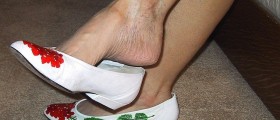

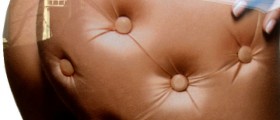
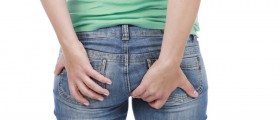
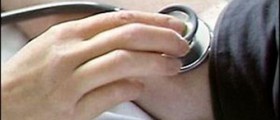
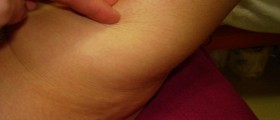



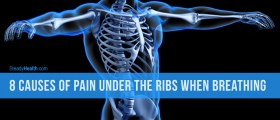
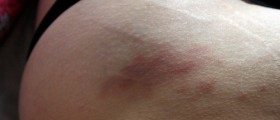


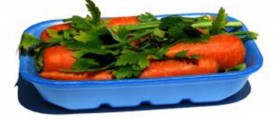
Your thoughts on this
Loading...